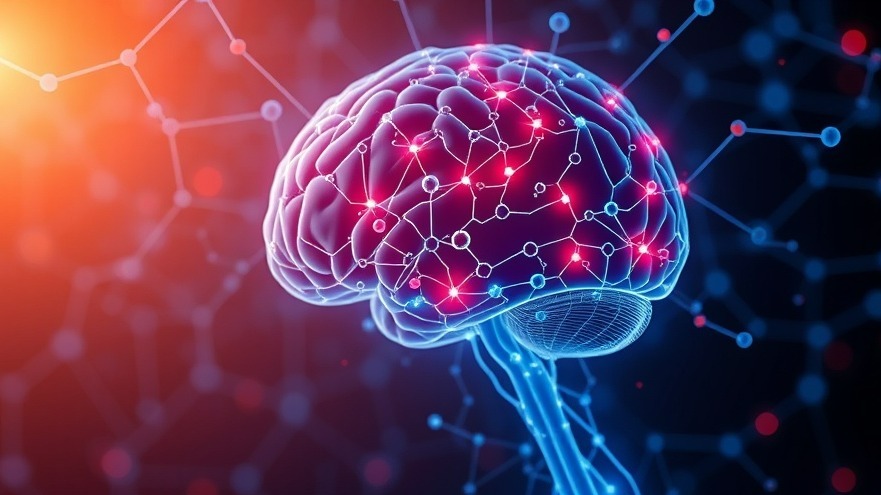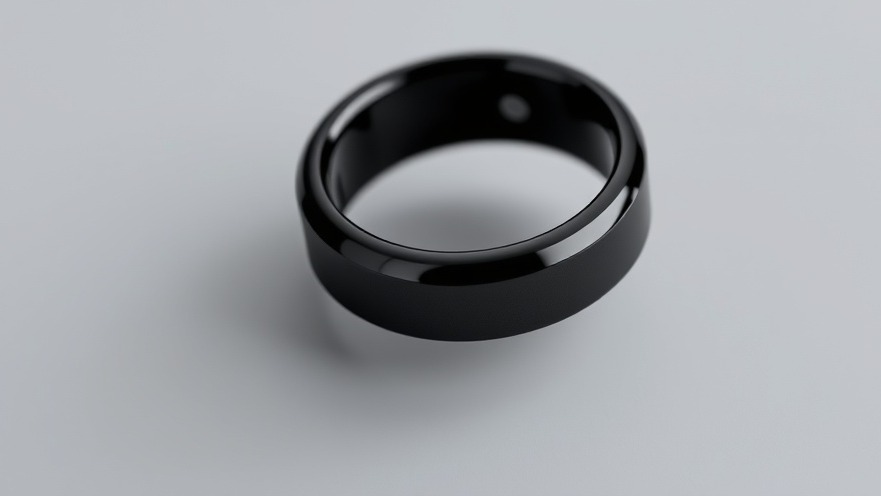
Revolutionizing Voice Restoration in Patients with Laryngeal Damage
In a groundbreaking development within the field of neuroengineering, researchers at UC Davis are working on technologies capable of decoding facial and muscle signals to help restore natural-sounding voices for people who have lost their capacity to speak due to conditions such as head and neck cancers. This advancement has the potential to radically change the lives and identities of countless individuals affected by vocal cord damage.
Understanding the Power of Voice
Lee Miller, a professor at UC Davis with years of research in neurobiology and physiology, emphasizes the deep connection between our voice and individual identity. "Our voice is so important to our sense of identity and empowerment," he explains. The loss of voice can be not just a physical setback, but an emotional and identity crisis as well. With almost one million new cases of head and neck cancer diagnosed globally each year, the need for effective voice restoration technologies is increasingly pressing.
Cutting-edge Technology to Restore Voices
Miller's team utilizes a method called electromyography (EMG) to capture electrical signals produced by facial muscle contractions when a person speaks. This innovative approach enables the team to generate computer-rendered speech that closely approximates the patient’s original voice by analyzing the EMG patterns associated with various speech sounds. Remarkably, just five minutes of recorded speech is required to create a highly personalized sound profile for each individual.
Potential Benefits for Patients
For many patients, current methods of speech restoration using artificial devices often yield mechanical and emotionally hollow vocalizations. The new technology aims to provide not just a voice, but a voice that resonates emotionally with the user’s past identity. Imagine a patient who once communicated in a rich, expressive tone being able to hear their familiar voice once again, not distorted through a mechanical filter. This approach restores not just functionality but reconnects patients with their identities.
Collaborative Efforts in Innovation
Moreover, collaboration between UC Davis and companies like Meta has not only accelerated this research but has also broadened its application. The techniques developed could eventually allow for intuitive computer interactions based on natural movements, paving the way for new user interfaces that can benefit numerous fields.
The Future of Silent Speech
The dream of turning silent speech into audible communication does not seem far-fetched anymore. Future iterations of this technology could even work through smartphones, allowing patients to converse in a familiar voice through the movement of their mouths, seamlessly integrating EMG signals, visual data, and voice samples. This portable solution could empower users by reinstating one of their most fundamental human traits: the ability to communicate.
AI and the Path Ahead
However, researchers face challenges in creating a device that can function effectively across varying biological conditions and individual differences among patients. With the integration of artificial intelligence, these hurdles may become more manageable. As Miller notes, the pathway from research to real-world application could take years, but the potential impact on healthcare cannot be overstated.
Conclusion: A Call to Action
As it stands, the advancements in neuroengineering at UC Davis signal a new dawn for patients who have grappled with the loss of their voice. For health practitioners looking to stay ahead in medical innovation and provide cutting-edge solutions for their patients, understanding these developments is crucial. Stay informed and consider how such technologies can integrate into patient care strategies as they become available.
 Add Row
Add Row  Add
Add 






Write A Comment